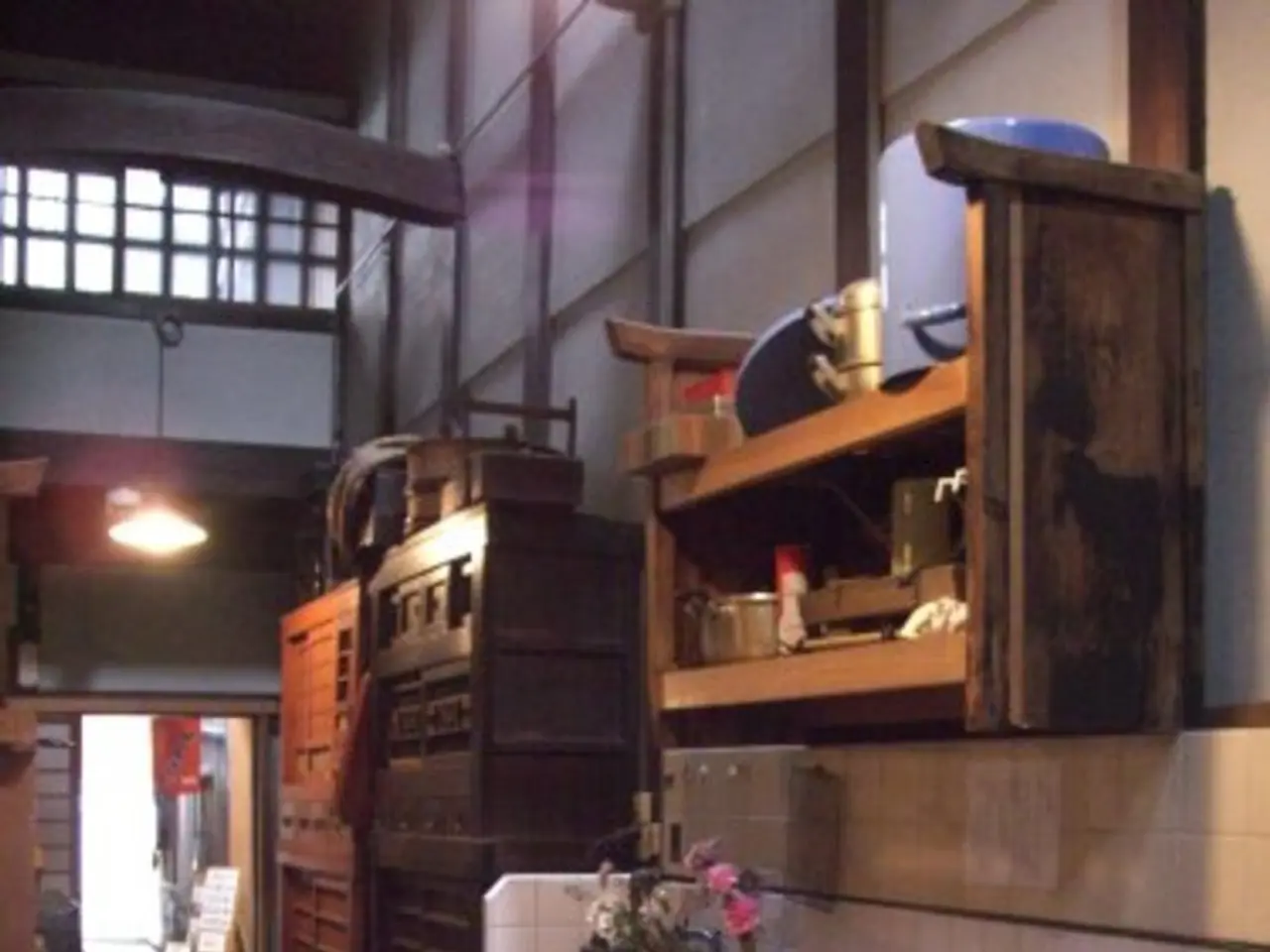Bonsai Pottery in Japan: Exploring Elegance, Tradition, and Artistry
In the world of bonsai, Japanese pottery artists walk a fine line between preserving tradition and embracing innovation. This delicate balance is essential as they strive to honour the cultural heritage of their craft while expressing their unique creative vision.
Ma, a concept deeply rooted in Japanese aesthetics, plays a significant role in bonsai pottery. Ma signifies the space between the pot's curves, the pause between the tree's branches, and the silence between the seasons. It is the whispered promise of potential, the hidden beauty of imperfection, and the subtle nuance of restraint. In pottery, Ma is a deliberate design choice that creates a harmonious balance between pot and tree, inviting contemplation and reflection.
Crafting Japanese-inspired bonsai pottery at home can be a rewarding endeavour for enthusiasts. With patience, skill, and attention to detail, one can create unique, high-quality pieces that honour traditional techniques and aesthetics.
Balance and proportion are paramount in Japanese bonsai pottery, as the pot must harmonize with the tree it cradles. The pot's size and proportion should be carefully calibrated to the tree's scale, neither overwhelming nor underwhelming the miniature landscape. Through deliberate departures from perfect symmetry, Japanese bonsai potters create a sense of dynamic tension, subtly guiding the viewer's eye through the composition.
Regional styles of Japanese bonsai pottery are traditionally tied to well-known ceramic production areas, each with unique characteristics that influence bonsai pots. Seto ware, one of Japan’s most historically significant ceramic centers, offers classic forms and glazes that balance ancient techniques with contemporary aesthetics. Other renowned ceramic regions, such as Tokoname, Shigaraki, and Iga, each have their distinctive visual texture, glaze, and clay quality that complement different bonsai styles and tree species.
The preservation of tradition in modern art requires a willingness to listen to the whispers of the past, while also embracing the uncertainty and excitement of the unknown. Contemporary Japanese bonsai pottery artists are pushing the boundaries of traditional techniques, infusing modern sensibilities and innovative designs into their work while remaining deeply rooted in the cultural heritage of their craft.
To care for a Japanese pot, it is essential to handle it with care, clean it regularly, avoid exposing it to direct sunlight, store it in a protective case or wrapping when not in use, and avoid using harsh chemicals or abrasive materials. When handling bonsai pots, it is essential to observe respectful etiquette, avoiding direct touch or handling of the pot's interior, and refraining from placing pots on the floor or near sources of water, fire, or extreme temperatures.
Like a treasured gem, antique Japanese bonsai pots hold significant value due to their rarity, historical significance, and craftsmanship. Often, they surpass modern counterparts in respect of aesthetic appeal and cultural authenticity. To assess the quality of a pot, one must consider the tactile experience of its surface, the subtle play of light on its curves, and the whispered hints of its maker's intentions.
To prevent waterlogging in bonsai pots, guarantee good drainage by using a well-draining potting mix, adding a layer of small rocks or broken pottery at the bottom, and avoiding overwatering. The pot's curves, lines, and textures converge to create a sense of equilibrium, while subtle asymmetries inject a hint of dynamic tension. Every bonsai species has its unique characteristics, and selecting a pot that harmonizes with these traits is crucial to creating a visually stunning and authentic display.
In modern Japanese bonsai pottery, traditional techniques continue to thrive, with artisans meticulously honing their craft to produce exquisite containers that harmonize with the nuances of miniature trees. The harmonious union of pot and tree is predicated on a delicate balance of proportion, where the ceramic container complements the miniature tree's silhouette, texture, and colour palette. Ma, the art of editing and the wisdom of knowing when to stop, is the silent pause, stillness, and quietude between notes, breaths, and thoughts. It is the gentle tension between form and formlessness, structure and chaos, and order and disorder.
In reconciling the tension between preserving tradition and embracing innovation, modern Japanese bonsai pottery artists continue to captivate audiences worldwide with their harmonious blending of the old and the new, the traditional and the contemporary.
In the realm of art and wellness, the practice of bonsai pottery dwells in the harmony between traditional Japanese aesthetics and innovative creativity. By embracing the Ma concept in pottery design, potters create a balance rooted in science, where pot and tree coexist in an equilibrium that invites contemplation for health and wellness.
Evolving Japanese bonsai pottery showcases a synergy of modern sensibilities and established techniques, immersing the artisans' creations in the health-and-wellness benefits of artistic expression, while grounding their work within the rich tradition of their craft.




